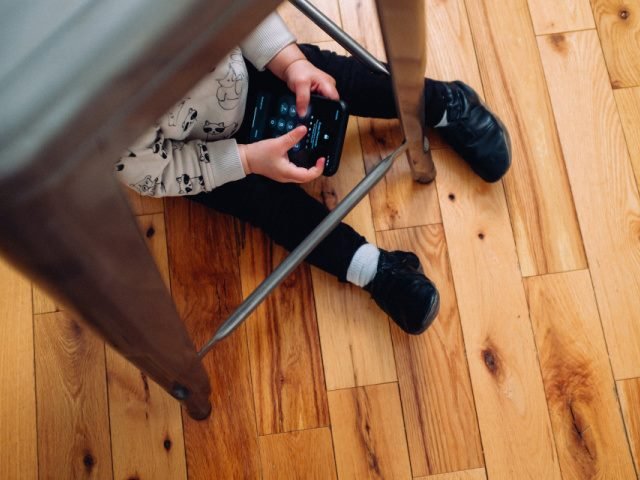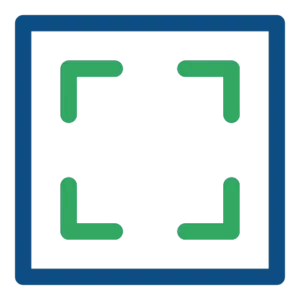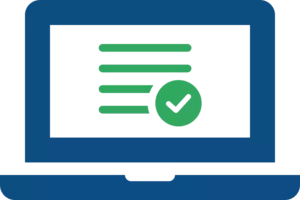
Working from home is the new normal for many people in the information economy as civic authorities and enterprise managers look to keep people physically away from each other.
With AI-powered personal assistants like Alexa now installed in many homes and more on the way, workers can expect more applications designed to help them manage their workload and business obligations while working remotely. There are many technologies that can help. Internet of Things (IoT) is one.
IoT Helps in Small Ways With Big Results
People have literally brought their workplace home and merged it with the office workspace. For businesses and those managing dispersed workforces, it can be difficult for new practitioners of this concept to find work-life balance and maximize productivity. Fortunately, IoT technology is here to help, said Chris Muktar, founder of WikiJob.co.uk, a UK-based careers site.
IoT refers to the connection of previously offline devices to the Internet to provide increased functionality with the assistance of online resources. For remote workers, it fills in for office tasks that are now present in the home workplace. Muktar cited the example of work calendars: Once the work calendar has been scheduled and connected to a virtual assistant like Alexa or Google Home, it can notify workers of upcoming events and work commitments.
IoT devices also help optimize processes, such as automatically ordering printer ink when it is running low, which frees up mental space for more creative thinking. Another example is smart lightbulbs that can turn off at certain times or when certain conditions are met, like when you leave the room. They can be cost effective, allowing the saved budget to be allocated elsewhere. While each of these things separately helps remote workers in small ways, taken together they enable a level of productivity across the remote enterprise that had not been possible before the IoT.
Shrinking the Physical-Digital Divide
How is this going to play out in the coming months and years? First, it’s important to consider both information workers who can readily maintain productivity with online collaboration tools and those with jobs that inherently require some degree of interaction with systems in the physical world, said Jason Shepherd, vice president of ecosystem at San Jose, Calif.-based Zededa. For all remote workers, new applications for smart digital assistants will help them streamline organization for their jobs and also strike a balance between the blurred lines of work and home life.
Secondly, new IoT solutions for the home are likely to emerge to address the physical-digital divide for real-time interactive collaboration. Despite the increasing adoption of video conferencing, today’s digital whiteboarding tools still do not match the experience of being in the same room with a physical whiteboard.
Workers with jobs that require interaction with systems in the physical world such as factories, wind farms, refineries and water and waste systems face additional challenges in terms of having visibility into what is happening in these operations.
“IoT solutions will enable more individuals in these roles to work remotely at least a portion of the time,” Shepherd said. “This not only increases efficiency, but also safety through improved visibility and by protecting them from unnecessarily entering hazardous environments.”
By no longer having to travel to multiple locations, workers are able to reduce the amount of time spent per location. By leveraging a single orchestration tool across all their IoT edge solutions they are also able to manage these systems in bulk, meaning that things like deploying updates and new applications can be done across the entire enterprise at once versus on a per location basis.
Streamlining Work Processes
During the lockdown, IoT gained momentum as a technology for streamlining remote work processes and enabling efficient collaboration in distributed teams, said Ivan Kot, senior manager at Austin-based Itransition, a software development firm. In particular, AI-powered voice assistants like Alexa became indispensable tools, helping employees create reminders and to-do lists, take notes during meetings, make payments, arrange calls and complete many other small organizational tasks that eat up employees’ time.
IoT-wired conferencing equipment is also facilitating unhindered and productive collaboration between remote employees. A smart camera, powered by a speech recognition engine, automatically focuses on a person speaking and creates the participation effect. Interactive whiteboards wirelessly share the presentation with in-person and remote meeting participants and allow them to live-edit the content.
Beyond this, more and more people are turning to home and lifestyle IoT devices to enhance the convenience of their workplaces. Using IoT-enabled light bulbs, thermostats, air conditioners and other HVAC tools, one can set up a connected self-regulating environment that adjusts throughout the day to maintain productivity-promoting conditions.
“Since productivity is closely associated with wellness, some companies introduce health-promoting initiatives featuring smart wearables,” Kot said. “The devices encourage workers to stand up and move during the day, do at-home exercises and track health and fitness activity data for the corporate recommendation engine to analyze and send out personalized advice.”
Recognize and Overcome the Limitations of AI Assistants
There are limitations though, according to Sanket Shah, the CEO of InVideo, a provider of video editing services. Alexa, Siri and Cortana are wonderful assistants in our personal lives but they come with some limitations when it comes to business applications.
Some AI-powered assistants will not integrate smoothly with business suites which means that they will not manage automated scheduling and calendar tools that are linked to enterprise software. In many cases, this is due to valid security concerns, but there are APIs and ways to link them without compromising security.










 The article first appeared on CMSWire,
The article first appeared on CMSWire,